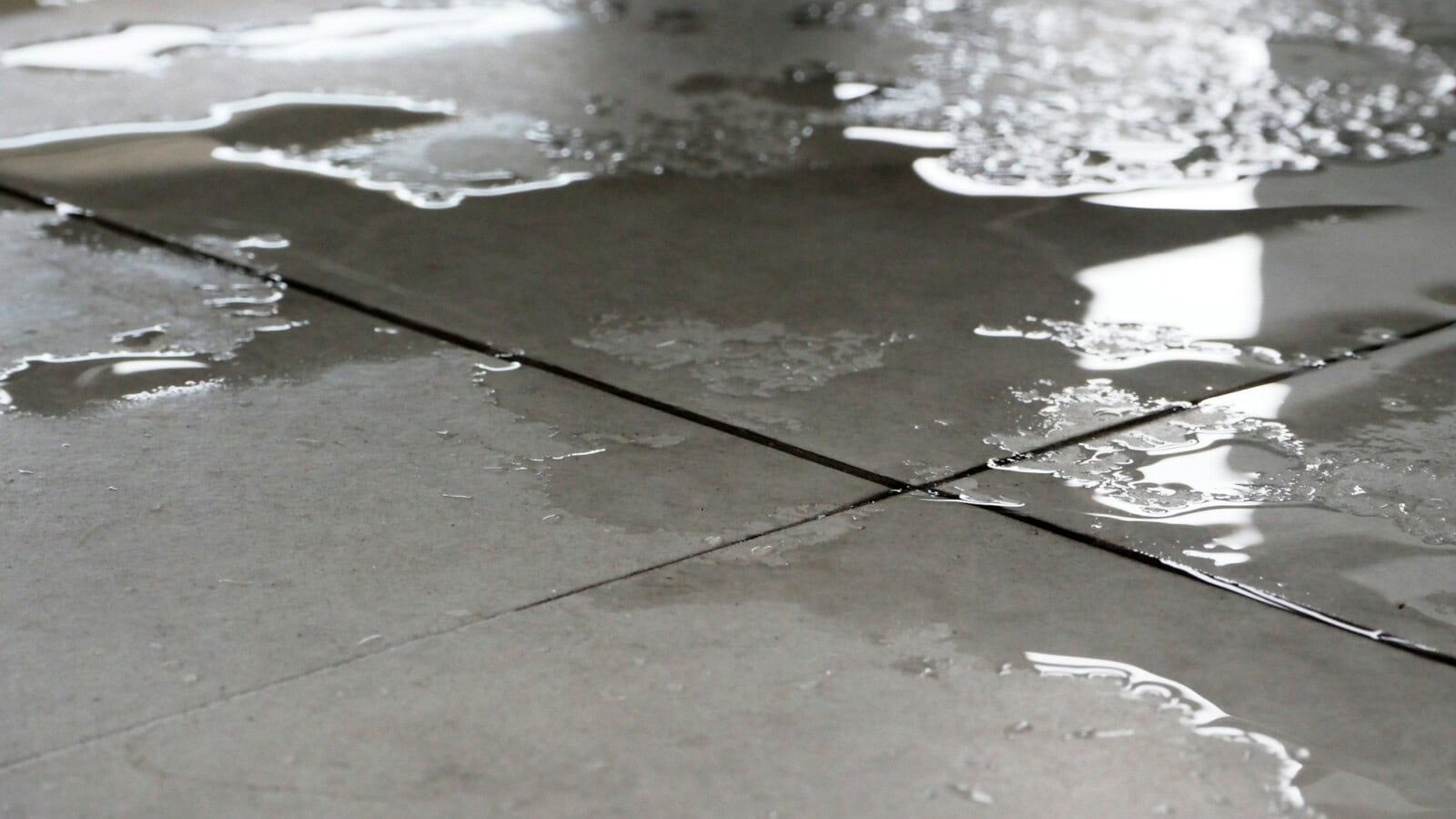In the aftermath of a slip and fall accident, the strength of your legal claim often hinges on the quality of evidence you can provide. Photographic documentation stands as a cornerstone of this evidence, offering a visual narrative that can significantly bolster your case.
When captured correctly, these images can highlight hazardous conditions such as wet floors, uneven surfaces, or poorly maintained areas and support your account of events. Keep reading to learn how to effectively capture and present visual evidence, a crucial skill in protecting your rights and securing fair compensation after a slip and fall incident.

The Importance of Photographic Evidence
Photographic evidence plays a pivotal role in slip and fall cases by providing an objective record of the accident scene. These visual representations can clearly demonstrate hazardous conditions, corroborate your version of events, and provide irrefutable proof of the circumstances that led to your injury.
In many instances, photographs can reveal details that may have been overlooked or forgotten in the stress of the moment. Photos also offer a tangible reference point for all parties involved, including insurance adjusters, attorneys, and potentially a judge or jury.
By presenting clear, well-documented images, you can effectively communicate the severity of the hazard and the resulting consequences, potentially increasing the likelihood of a favorable outcome in your case, whether during negotiations or in court.
When to Take Photographs
The timing of your photographic documentation is crucial in slip-and-fall cases. Ideally, photographs should be taken as soon as possible after the incident occurs. This immediate action ensures that you capture the scene in its original state before any changes or repairs are made to the hazardous area. If using a smartphone camera, ensure that the date and time settings are accurate to provide a clear timestamp for your images.
If you cannot take photographs immediately due to injury or other circumstances, it's important to return to the scene as soon as possible or have a trusted friend or family member do so on your behalf. While delayed photography is not ideal, it can still provide valuable evidence, especially if the hazardous condition remains unchanged.
Essential Elements to Capture
When documenting a slip and fall incident, certain key elements should be prioritized in your photographs. These elements provide a comprehensive visual narrative of the accident and can significantly strengthen your case. The following subsections will detail each of these crucial components to ensure you capture all necessary details.
The Hazard or Dangerous Condition
The primary focus of your photographic evidence should be the specific hazard that caused your fall. Whether it's a wet floor, an uneven surface, or a poorly maintained area, capturing clear images of the dangerous condition is crucial.
When photographing the hazard, aim to show its full extent and severity. For wet floors, try to capture the size of the affected area and any visible liquid. For uneven surfaces, shoot your photos from angles that clearly show the height discrepancy or irregularity.
It's also important to provide context for the size of the hazard. Including a common object for scale, such as a coin or a shoe, can help viewers understand the true dimensions of the dangerous condition.
The Surrounding Area
While documenting the specific hazard is important, it's equally important to capture the broader context of the accident scene. Wide-angle shots that show the hazard in relation to its surroundings can provide valuable information about the area's overall safety. These photographs can reveal important details such as the lack of warning signs, poor lighting conditions, or the absence of safety measures that should have been in place.
When photographing the surrounding area, pay particular attention to any factors that may have contributed to the hazardous condition or made it difficult to notice. This might include obstructed sightlines, distracting elements, or environmental factors like shadows or glare.
It can also be helpful to take photos of the clothing and footwear you were wearing at the time of the accident. These images can help counter potential claims of contributory negligence, where the defense might argue that your choice of attire contributed to the fall.
Documenting Your Injuries
If you’ve been injured in a slip-and-fall accident, you should seek immediate medical attention. Medical records clearly documenting your injuries make for very powerful evidence in any injury claim.
Once you've received proper care, you should also photograph your injuries immediately after the injury as well as over the days and weeks that follow. These images provide visual evidence of the physical harm you've suffered as a result of the accident. Begin by taking clear, well-lit photographs of all visible injuries as soon as possible after the incident. This may include bruises, cuts, scrapes, swelling, or any other visible signs of trauma.
It's important to continue photographing your injuries over time to show their progression. Some injuries, like bruises, may become more apparent in the days following the accident. By documenting this progression, you create a visual timeline that supports your medical records and demonstrates the full extent of your injuries.
Technical Tips for Taking Effective Photographs
The quality and clarity of your photographs can affect their effectiveness as evidence in your slip-and-fall case. Clear, well-composed images can more effectively communicate the hazardous conditions and support your claim.
Lighting and Visibility
Proper lighting is crucial when taking photographs for your slip and fall case. Whenever possible, use natural light or well-lit conditions to ensure your images are clear and details are easily visible.
However, it's also important to capture the actual lighting conditions at the time of your accident, especially if poor lighting contributed to the hazardous situation.
If you're dealing with low-light conditions, consider using smartphone apps designed for low-light photography. Many modern smartphones also have built-in night mode or low-light settings that can significantly improve image quality in challenging conditions.
Multiple Angles and Perspectives
Capturing the hazard and accident scene from various angles and perspectives will also help to provide a comprehensive visual representation. Start with wide-angle shots that show the overall area, then move in closer to capture more detailed images of the specific hazard. Take photographs from the perspective of someone approaching the area, as well as from your vantage point at the time of the fall.
Include images that show the hazard from different heights - eye level, waist level, and ground level. This variety of perspectives can help demonstrate how the hazard might have been overlooked or how it appeared from different viewpoints.
Including Reference Objects for Scale
Incorporating reference objects for scale in your photographs will provide context and help to better represent the size of hazards or injuries. Common objects that can be used for scale include coins, rulers, or even a standard-sized piece of paper.
When using these reference objects, place them next to the hazard or injury being photographed, ensuring they're clearly visible but don't obstruct the main subject of the image.
For larger areas or hazards, consider using a person (with their permission) to stand near the hazardous condition. This can provide a clear sense of scale and help viewers understand the size and potential impact of the hazard.
Organizing and Preserving Your Photographic Evidence
It’s important to keep your photos well-organized and easily accessible. Create a dedicated folder on your computer or cloud storage service specifically for your case-related photographs. When saving your photos, use a consistent naming convention that includes the date the photo was taken and a brief description of what it depicts.
It's equally important to back up your photographic evidence. Consider using multiple storage methods, such as an external hard drive and a secure cloud storage service. Always keep original, unedited versions of all photos, as edited photos may be challenged in legal proceedings.
Legal Considerations When Taking Photographs
While documenting the scene of your slip and fall accident is crucial, it's important to be aware of certain legal considerations and potential restrictions. In Florida, it's generally legal to take photographs in public spaces. However, on private property, the owner may have policies regarding photography. If asked to stop taking pictures, comply with the request to avoid any legal complications.
You should also be mindful of privacy concerns. Avoid capturing identifiable images of other people without their consent, especially in situations where they might have a reasonable expectation of privacy. If your fall occurred in a sensitive location, such as a government building or healthcare facility, there may be additional restrictions on photography.
If you're unable to take photographs due to restrictions or safety concerns, document the reasons why in writing as soon as possible. This information can still be valuable to your case.
Speak With a Slip and Fall Attorney Today
Clear photographic documentation can significantly strengthen a slip and fall case, providing objective evidence of hazardous conditions and resulting injuries. Photos and videos can help expedite settlement negotiations, often leading to quicker resolutions and more favorable outcomes.
However, evidence alone will rarely get you the compensation you deserve for your injuries. This is why it’s crucial to engage an experienced personal injury attorney as soon as possible.
Weinstein Legal Team has a proven track record of success in handling slip and fall cases throughout Florida. Our experienced attorneys can provide the skilled representation you need to protect your rights and pursue fair compensation.
Contact Weinstein Legal Team today at 888-626-1108 or click here to schedule a free consultation. Let us put our expertise to work for you, ensuring you receive the compensation you deserve.


